Baowi is a steel production enterprise integrating ironmaking, steelmaking, and rolled products.(www.baowi-steel.com)
Don't wanna be here? Send us removal request.
Text
Advanced Production Process of Straight Seam Submerged Arc Welded (LSAW) Pipes
Straight seam submerged arc welded (LSAW) pipes are a critical component in high-strength structural and energy transportation applications, including oil and gas pipelines, water transmission, and offshore infrastructure. The manufacturing of LSAW pipes follows a rigorous, precision-controlled process to ensure compliance with industry standards such as API 5L, ASTM, and EN. Below is an in-depth breakdown of each stage of the production process.
Raw Material Selection and Preparation The process begins with the procurement of high-quality steel plates, primarily carbon or low-alloy steels, chosen based on their mechanical properties, chemical composition, and intended application. These plates undergo strict quality control measures, including ultrasonic testing (UT) and chemical analysis, to ensure they meet the specified metallurgical and mechanical requirements.
Edge Milling and Beveling Precision milling machines trim and bevel the edges of the steel plates to achieve uniform dimensions and an optimal welding profile. This step is critical in preventing welding defects and ensuring full penetration during submerged arc welding.
Plate Forming (UOE, JCOE, or Other Methods) The steel plate is shaped into a cylindrical form using one of the following forming methods:
UOE Process: The plate is pressed into a U-shape (U-press), then into an O-shape (O-press), followed by mechanical expansion to achieve final dimensions.
JCOE Process: The plate is incrementally bent in a J-C-O sequence and then expanded to the required size.
Other Forming Methods: Alternative forming techniques such as roll bending may be employed depending on pipe specifications and production requirements.
Tack Welding (Pre-welding) Once the plate is formed into a pipe shape, a temporary tack weld is applied along the seam. This ensures proper alignment before final welding and prevents distortion during subsequent processing.
Double-Sided Submerged Arc Welding (SAW) The primary welding process involves submerged arc welding (SAW), which provides deep penetration and high-strength weld seams. The process is carried out in two stages:
Internal Welding: The first weld pass is applied from the inside of the pipe.
External Welding: The second weld pass is performed externally, reinforcing the seam and ensuring structural integrity.
A controlled flux layer protects the weld pool from atmospheric contamination, resulting in high-quality, defect-free welds.
Non-Destructive Testing (NDT) and Weld Seam Inspection To guarantee weld integrity, the pipe undergoes extensive non-destructive testing, including:
Ultrasonic Testing (UT): Detects internal and surface defects along the weld seam and pipe body.
Radiographic Testing (RT): Ensures complete weld penetration and identifies any voids or inclusions.
Magnetic Particle Inspection (MPI) and Dye Penetrant Testing (DPT): Used for surface defect detection in critical applications.
Cold Expansion and Stress Relieving To enhance dimensional accuracy and relieve residual stresses induced during welding, the pipe undergoes a cold expansion process. This step improves mechanical properties such as yield strength and roundness, ensuring compliance with industry tolerances.
Hydrostatic Testing Each pipe is subjected to hydrostatic pressure testing, where it is filled with water and pressurized beyond its operational limits. This verifies the pipe’s structural integrity, pressure resistance, and leak-tightness.
Pipe End Beveling and Finishing To facilitate on-site welding and pipeline assembly, the pipe ends are machined to precise bevel angles, typically 30° or 37.5°, depending on the welding method used in field installations. Additional finishing processes, such as anti-corrosion coating, galvanization, or painting, may be applied based on project specifications.
Final Dimensional Inspection and Quality Assurance A comprehensive final inspection is conducted to verify compliance with dimensional tolerances, mechanical properties, and industry standards. This includes:
Visual and Dimensional Checks: Ensuring straightness, roundness, and length accuracy.
Charpy Impact and Hardness Testing: Evaluating toughness and material hardness for extreme operational environments.
Marking and Certification: Pipes that meet all specifications are marked with identification codes, batch numbers, and certification details before shipment.
Conclusion The production of LSAW pipes is a highly controlled and technologically advanced process that ensures superior quality, mechanical strength, and reliability for demanding applications. With rigorous quality control measures and compliance with global standards, LSAW pipes remain the preferred choice for critical infrastructure and energy projects worldwide.


0 notes
Text
How to clean oil drill pipe?
Petroleum exploration refers to the use of various exploration methods to understand underground geological conditions in order to find and identify oil and gas resources, understand oil generation, oil storage, oil and gas migration, accumulation, preservation and other conditions, comprehensively evaluate oil and gas prospects, and determine the conditions for oil and gas accumulation. The process of finding oil and gas storage traps in favorable areas, ascertaining the area of oil and gas fields, and clarifying the conditions and production capacity of oil and gas layers. In the process of oil exploration, drill pipes need to be used to drill underground. To learn more, please visit the website:https://www.baowi-steel.com/newsdetail/how-to-clean-oil-drill-pipe.html
0 notes
Text
Different types and uses of seamless steel pipe
Seamless steel pipe is a steel pipe made in a unique way. It does not require welding during the production process and therefore has high strength and pressure resistance. Because of their different manufacturing processes, they are divided into two types: hot-rolled (extruded) seamless steel pipes and cold-drawn seamless steel pipes. To learn more, please visit the website:https://www.baowi-steel.com/newsdetail/different-types-and-uses-of-seamless-steel-pipe.html
0 notes
Text
What is the Function of a Drill Collar?
Drill collar is a kind of seamless steel pipe with thicker wall and larger weight per unit length than ordinary drill pipe. It is made of higher strength steel. The drill collar is connected to the drill pipe with a threaded thread on the top and the drill bit on the bottom. Its main function is to use its own weight to provide drilling pressure for the drill bit to break the rock and achieve drilling. Different sizes of drill jacks should be selected according to the size of the drill bit. The drill collar is located between the drill bit and drill pipe or weighted drill pipe in the drill tool assembly. Its main function is to provide drilling pressure to the drill bit and control the well deviation.
To learn more, please visit the website: www.baowi-steel.com
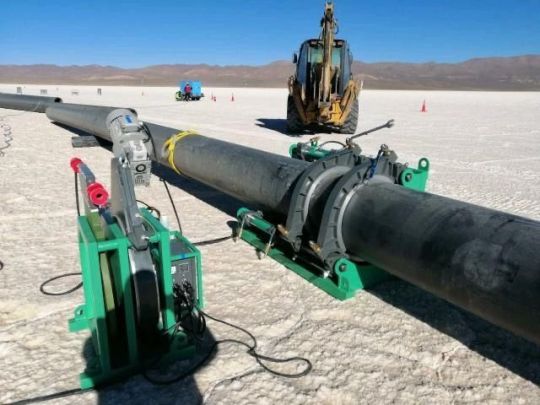
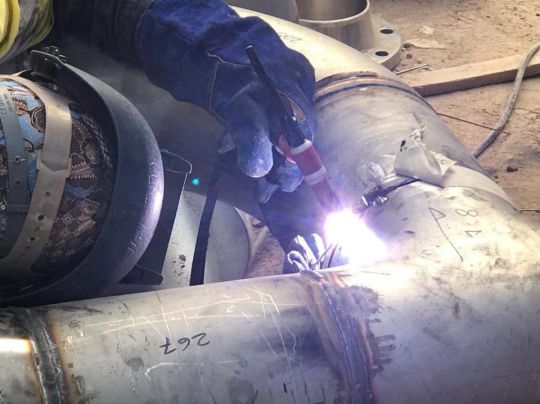
0 notes
Text
BAOWI STEEL MANUFACTURING CO.,LTD
Hot-rolled seamless steel pipe is a common steel pipe product, usually used for transporting fluids, gases, structural purposes, etc. It is made by heating steel billets to high temperatures and then rolling them continuously in a rolling mill, so it has a seamless appearance and excellent mechanical properties. This process provides greater strength and durability and is suitable for a variety of environments and industrial areas. https://www.baowi-steel.com/newsdetail/hot-rolled-seamless-steel-pipe.html
0 notes
Text
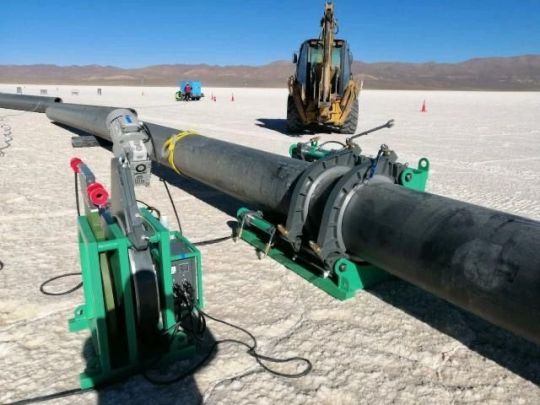
Cold-drawn precision seamless steel pipes are precision cold-drawn seamless pipes with high dimensional accuracy and good surface finish used in mechanical structures and hydraulic equipment. Do you want to know some of the processes of cold-drawn seamless steel pipes? Click the link to see more.
0 notes
Text
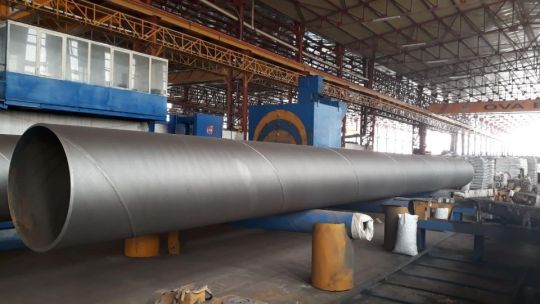
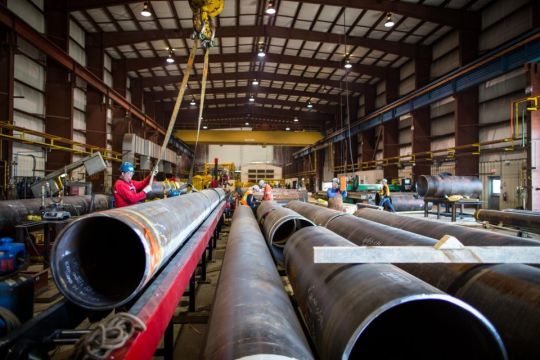
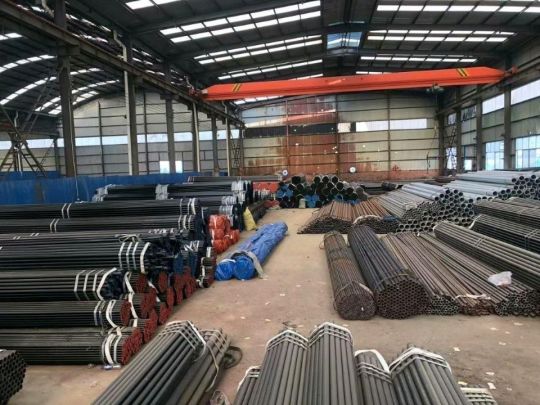
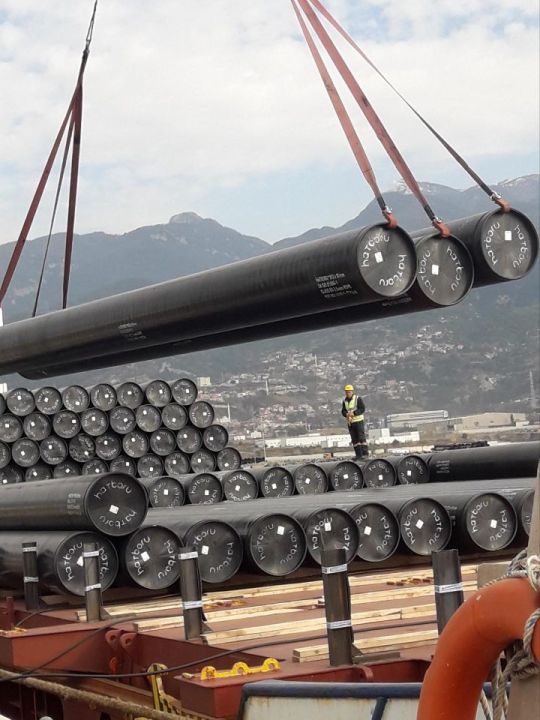
BAOWI STEEL MANUFACTURING CO.,LTD
Baowi Steel is mainly equipped with 2x 180m2 sintering, 2x 1080m3 blast furnace, 1x120t converter and two high-speed continuous rolling production lines. Baowi Steel has successively passed ISO9001 quality management system, ISO14001 environmental management system, OHSAS18001 occupational health and safety management system, ISO150001 energy management system certification. And industrialization and informatization integration management system certification. The main products are high-quality carbon structural steel, billet steel, bearing steel, hot-rolled coil, hot-rolled sheet, cold-formed sheet, pickling sheet, galvanized sheet, section steel, etc.
0 notes
Text
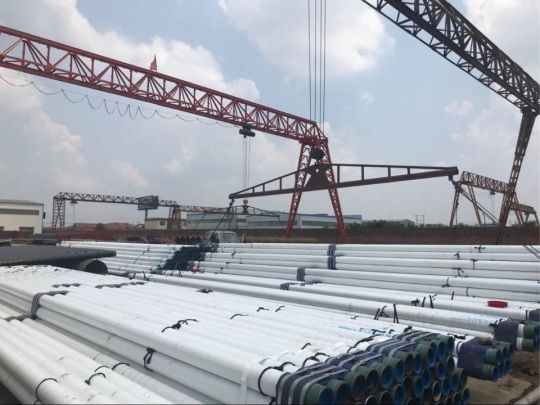
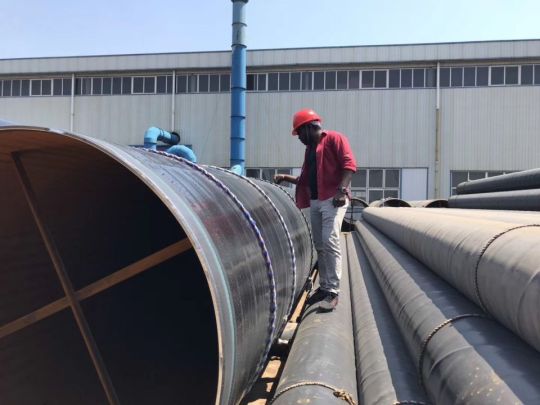
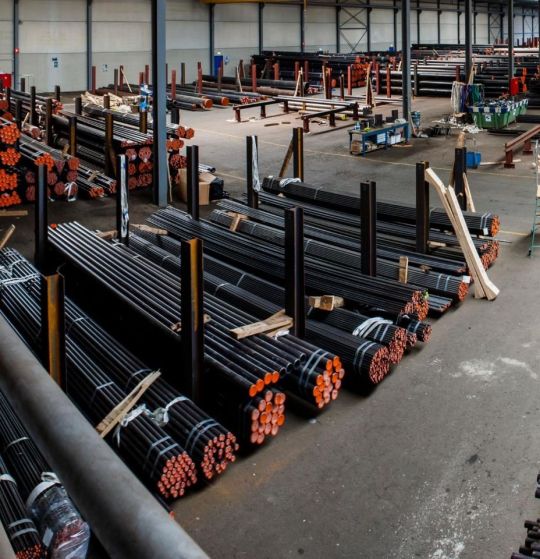
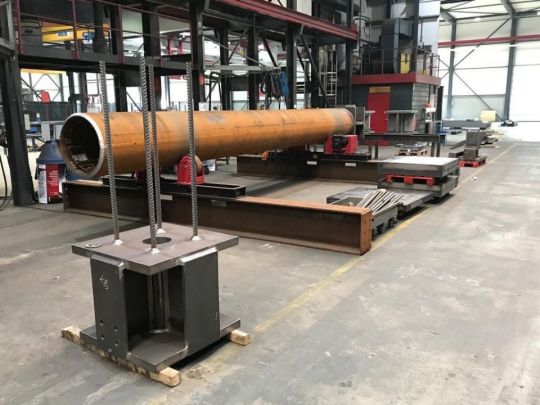
BAOWI STEEL MANUFACTURING CO.,LTD
Baowi (www.baowi-steel.com)is a steel production enterprise integrating ironmaking, steelmaking, and rolled products. Develop emerging industries such as industrial finance, industrial park development and operation, and information technology. The main iron and steel products are formed into four series of strip, section steel, special steel and building materials, which are sold well all over the country and exported to more than 70 countries and regions.
1 note
·
View note